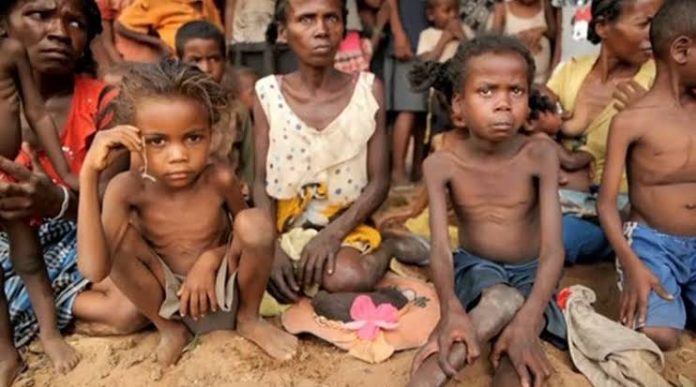This is a clear demonstration of the devastating effect of the rising inflation that has made nonsense of people’s disposable income with escalating prices of goods and services.
The National Bureau of Statistics ( NBS) in its Q3 and Q4 2023 gross domestic product (GDP) report (expenditure and income approach), also reports that during the period government Consumption Expenditure recorded higher growth rates of 8.08 per cent and 17.78 per cent in Q3 and Q4 of 2023 respectively, on a year-on-year basis, higher, compared to -9.38 per cent and -13.77 per cent in Q3 and Q4 of 2022.
This higher government spending during the review period may not be unconnected with the palliatives the new administration put in place to support vulnerable households seriously impacted by the economic reform policies of the government, especially the removal of fuel subsidy.
According to the NBS, in the third quarter of 2023, Nigeria’s real GDP at basic prices grew by 2.54 per cent on a year-on-year basis, showing a higher growth rate compared to the corresponding quarter of 2022 which was 2.25 per cent. It said growth of Q4 of 2023 GDP remained positive at 3.46 per cent, but lower compared to the Q4 of 2022 growth which was 3.52 per cent.
“However, relative to Q3 and Q4 of 2022, the performances in 2023 indicate an increase of 0.30 per cent points in the Q3 of 2023 growth rate and a fall of 0.05 per cent points in Q4 of 2023,” NBS said adding that the annual growth rate of real GDP at basic prices stood at 2.74 per cent in 2023 compared to 3.10 per cent in 2022.
The report also shows that Net Exports recorded negative growth rates in Q1 and Q2 of 2023, a departure from a positive growth rate in the fourth quarter of 2022.
It said Net exports grew in real terms in Q3 and Q4 of 2023 by 62.42 per cent and 36.60 per cent respectively. These rates were lower than the 74.11 per and 161.66 per cent recorded in Q3, and Q4 of 2022 respectively.
National Disposable Income grew by 9.97 per cent and 9.32 per cent in Q3 and Q4 of 2023 respectively, higher than the growth of 1.08 per cent and 4.98 per cent in Q3 and Q4 of 2022 respectively on a year-on-year basis in real terms.
According to the NBS, the growth of National Disposable Income became positive since Q4 of 2021, showing a better performance in Q3 and Q4 of 2023 relative to Q3 and Q4 of 2022.


